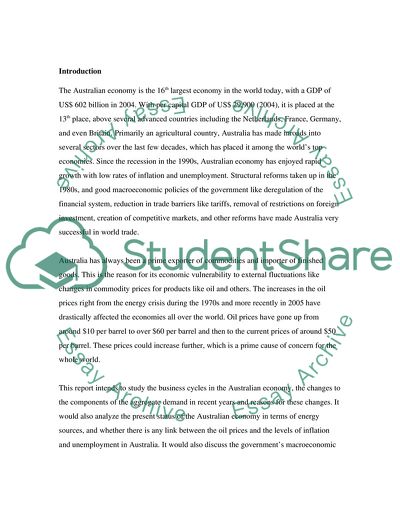Cite this document
(The Australian Economy Term Paper Example | Topics and Well Written Essays - 2349 words, n.d.)
The Australian Economy Term Paper Example | Topics and Well Written Essays - 2349 words. Retrieved from https://studentshare.org/macro-microeconomics/1704015-the-impact-of-external-regional-developments-and-global-oil-prices-increase-in-australia
The Australian Economy Term Paper Example | Topics and Well Written Essays - 2349 words. Retrieved from https://studentshare.org/macro-microeconomics/1704015-the-impact-of-external-regional-developments-and-global-oil-prices-increase-in-australia
(The Australian Economy Term Paper Example | Topics and Well Written Essays - 2349 Words)
The Australian Economy Term Paper Example | Topics and Well Written Essays - 2349 Words. https://studentshare.org/macro-microeconomics/1704015-the-impact-of-external-regional-developments-and-global-oil-prices-increase-in-australia.
The Australian Economy Term Paper Example | Topics and Well Written Essays - 2349 Words. https://studentshare.org/macro-microeconomics/1704015-the-impact-of-external-regional-developments-and-global-oil-prices-increase-in-australia.
“The Australian Economy Term Paper Example | Topics and Well Written Essays - 2349 Words”, n.d. https://studentshare.org/macro-microeconomics/1704015-the-impact-of-external-regional-developments-and-global-oil-prices-increase-in-australia.


